Main diseases and pests of azalea and their control
Pathogen : Cercospora
Host : Azalea, Rhododendron
Occurrence period: April-July
Damage characteristics: Reddish-brown spots appear on the leaves at the beginning of the disease, and then gradually expand into nearly circular or polygonal spots limited by leaf veins, with a diameter of 1-5mm. The front of the leaf spot is dark in color, while the back is light in color. The spots on the leaf edge can be connected to each other. When it is humid, gray-black mold spots often appear on the surface of the diseased part.
Key points for prevention and treatment:
(1) Pay attention to farm hygiene, clean up fallen leaves and burn them in a centralized manner. In summer, keep the area well ventilated and well lit, and avoid excessive humidity.
(2) During the disease period, spray with 300-400 times diluted 40% polysulfide suspension, 500-800 times diluted 50% carbendazim wettable powder, or 500-800 times diluted 30% cupric oxychloride suspension for prevention and control.
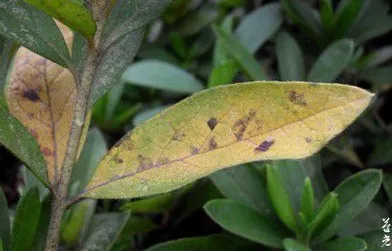
Pathogen: Polytrichomoniasis
Host: Rhododendron pubescens, Rhododendron mandshurica
Occurrence period: June to October
Damage characteristics: The disease mainly occurs on old leaves, but can also damage young leaves. The disease often starts from the tip or edge of the leaf, forming irregular leaf edges and dry leaf tips. In severe cases, it can reach 1/2 to 2/3 of the leaf. The lesions are yellow-brown, with a clear boundary between the diseased part and the healthy part, the edge is slightly darker, and black particles appear on it. The disease is more serious in plants that are severely infested or weak due to iron deficiency. In severe cases, most of the leaves of the plant fall off, resulting in weak growth, poor development, and a decrease in the number of flower buds.
Key points for prevention and treatment:
(1) Remove fallen leaves and burn them in a concentrated area.
(2) You can use 500-600 times diluted 80% mancozeb wettable powder or 2000-3000 times diluted 21% propiconazole emulsifiable concentrate for spraying alternately for prevention and control.
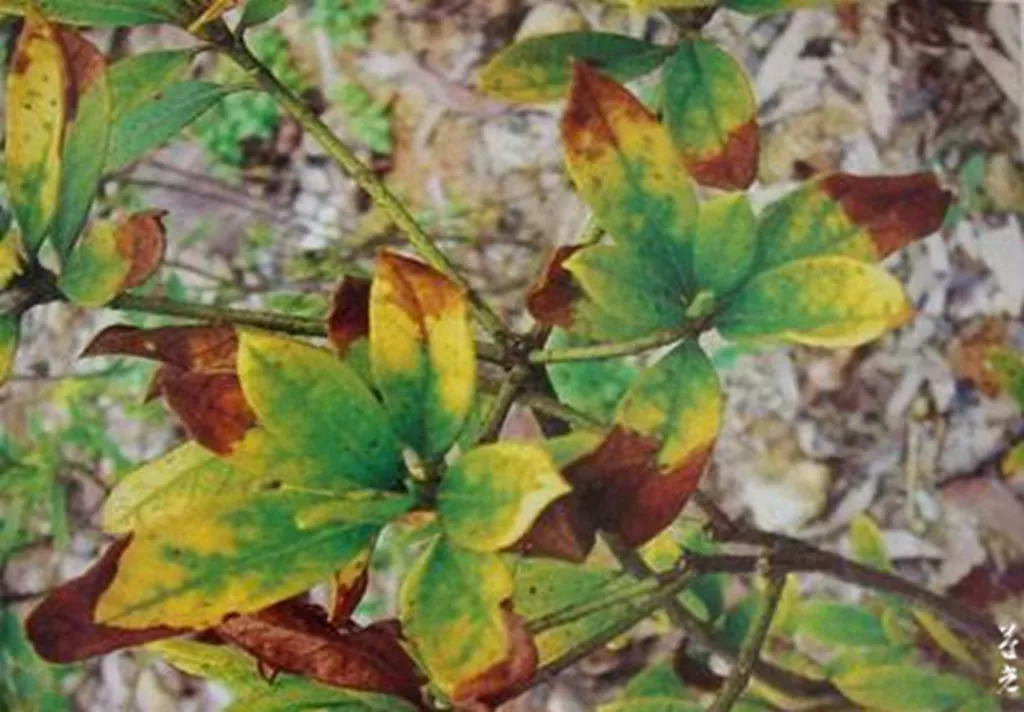
Pathogen: Exobasidiomyces
Host: Rhododendron, Worry-free Tree, Autumn Maple
Occurrence period: March to May
Damage characteristics: Mainly damages tender leaves and young buds. The diseased part of the leaf surface is iron green at first, then it becomes concave and slightly round, with a diameter of 3-12mm. The back of the diseased leaf is thick, arc-shaped and raised, dark brown to reddish brown, with white powder on the surface, and finally the leaves dry up and fall off.
Key points for prevention and treatment:
(1) Take good measures to prevent cold in winter and spring to improve the cold resistance of plants.
(2) Before the disease occurs, spray with 500-600 times diluted 25% carbendazim wettable powder, 300-400 times diluted 40% polysulfide suspension, or 600-700 times diluted 65% mancozeb wettable powder.
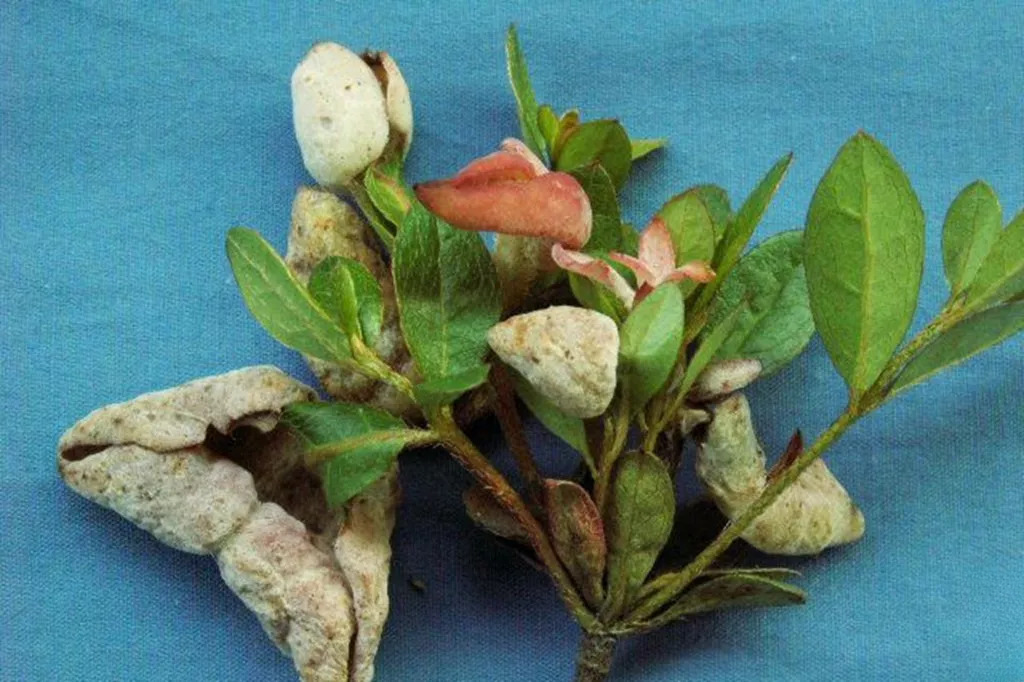
Pathogen: A physiological disease caused by zinc deficiency
Host: Azalea , Daphne koreana
Occurrence period: April to October
Damage characteristics : The leaves of the infected plants from the branches to the top become significantly smaller, the leaves are hard and brittle, the leaf edges roll back to the back, the leaves lack green, and grow yellow-brown rust spots. The tips of the leaves are yellow-white; the internodes of the branches are shortened, the leaves grow in clusters, and the plants grow poorly; the number of flower buds decreases, the flowers are few and small, and in severe cases, the whole plant dies. This disease can occur from early spring to autumn, and is most serious in summer.
Key points for prevention and treatment:
Improve the soil to make the soil pH <6. Apply less phosphorus fertilizer and chemical fertilizer, and apply nitrogen fertilizer and organic fertilizer appropriately. When the disease occurs, 11.25-22.5 kg>
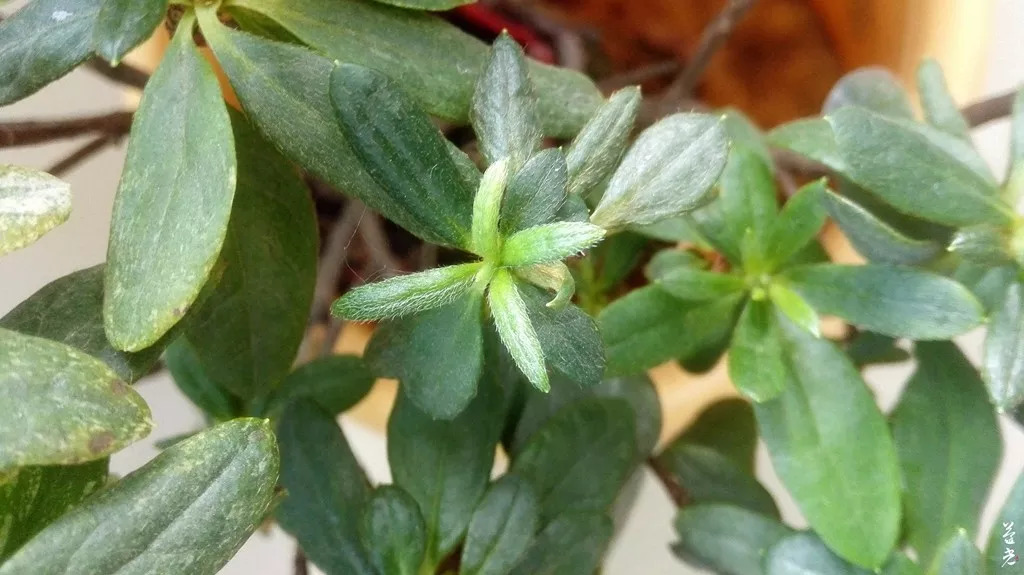
Pathogen: A physiological disease caused by iron deficiency
Host: Azalea, also harms Gardenia, Tea, Magnolia grandiflora, etc.
Occurrence period: Can occur throughout the year
Damage characteristics: Infected leaves initially turn green between veins and lose their luster, then the flesh turns yellow-white, the veins remain green, making the green on the leaves appear reticular, and finally the entire leaf turns completely yellow or yellow-white, drying up inward along the leaf tip and leaf edge, and the diseased leaves are easy to fall off. This disease mainly occurs in calcareous soils or areas where water and fertilizer are alkaline for a long time. This disease occurs in early spring and the most cases occur near autumn.
Key points for prevention and treatment:
(1) Improve the soil and turn alkaline soil into acidic soil.
(2) Use 0.2% to 0.3% ferrous sulfate to irrigate the root system. For the aboveground part, a solution made of 0.1g pure ferrous sulfate, 0.14g disodium ethylenediaminetetraacetic acid, and 500mL water can be used. Spray the leaves evenly on the leaf surface and back once every 3-5 days for 3-4 times.
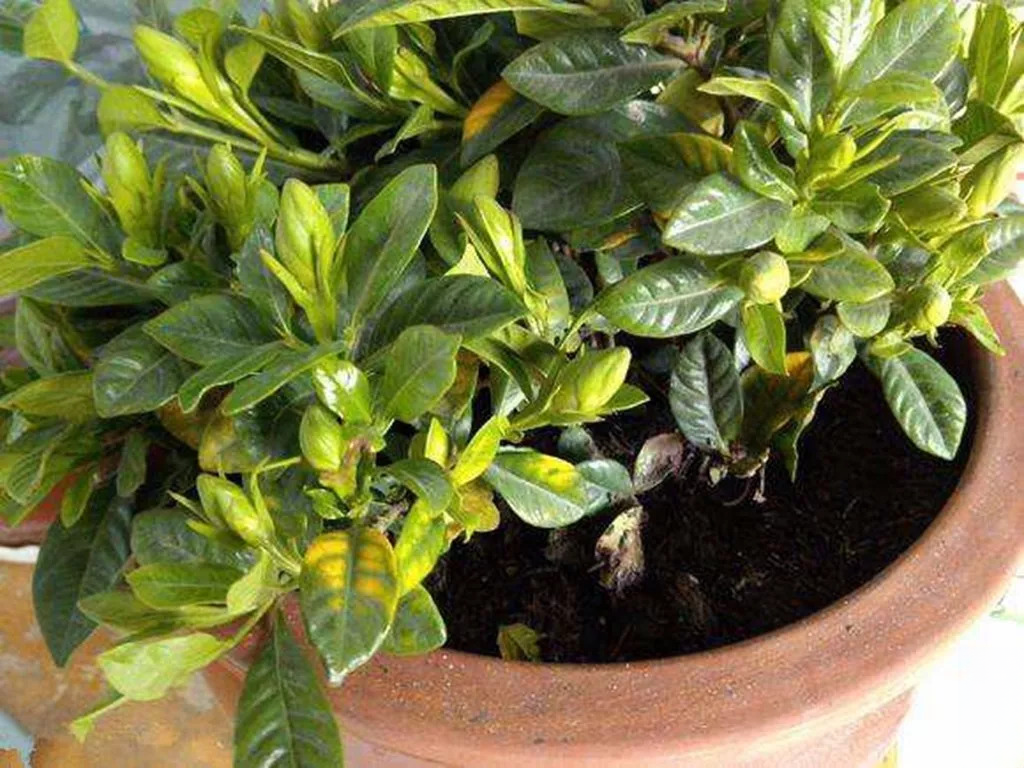
Pathogen: Phytophthora
Host: In addition to azalea, it also harms Lantana, soft-branched yellow bell, etc.
Occurrence period: April to July
Damage characteristics: It mainly attacks the root neck and root system. When the root neck is damaged, brown sunken spots appear, the epidermis often falls off, and brown stripes can be seen when the wood is cut. The pathogen infects the root system, causing root necrosis, affecting nutrient absorption, resulting in poor growth of the aboveground part, dull leaves, yellowing, and premature aging and shedding of old leaves.
Key points for prevention and treatment:
(1) Pay attention to drainage on rainy days to prevent soil waterlogging.
(2) In the early stage of the disease, you can use 800 times diluted 58% Ridu manganese zinc wettable powder, 600-800 times diluted 40% ethylene phosphate aluminum wettable powder or 800-1000 times diluted 20% Jinggangmycin, add 500 times diluted potassium dihydrogen phosphate and 3000-8000 times diluted 802 plant growth regulator to water the roots for prevention and control.
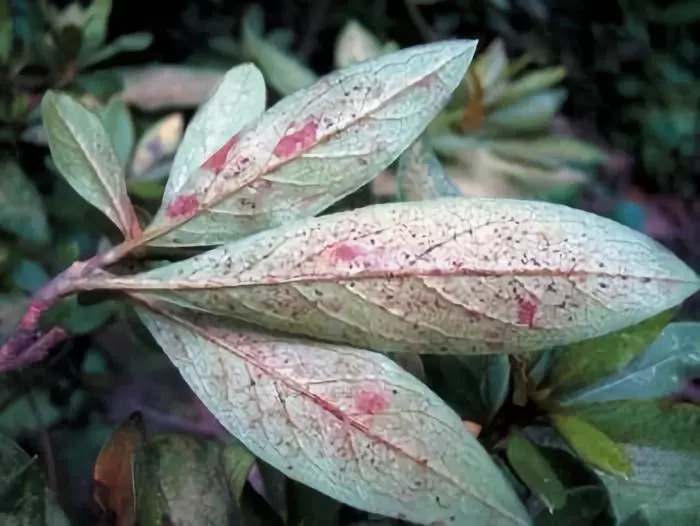
Family: Hymenoptera, Trichodinae
Host: Rhododendron pubescens, Azalea
Occurrence period: It can occur throughout the year, with overlapping generations, and the heaviest incidence occurs from February to April
Damage characteristics: The larvae prefer to eat tender green leaves that are growing well, but rarely eat yellow leaves, old leaves, or newly sprouted leaves. The leaves are incomplete after being attacked, with only the veins left. In severe cases, the leaves are eaten up completely. This pest is more common in gardens with damp environments, poor management, and overgrown weeds, and is less common in potted azaleas.
Key points for prevention and treatment:
(1) Clearing weeds from the field
(2) When the azalea is in full bloom, you can use 1000 times diluted 80% DDT emulsifiable concentrate, 3000-4000 times diluted 10% cypermethrin emulsifiable concentrate, or 4000-5000 times diluted 25% cypermethrin emulsifiable concentrate for prevention and control.
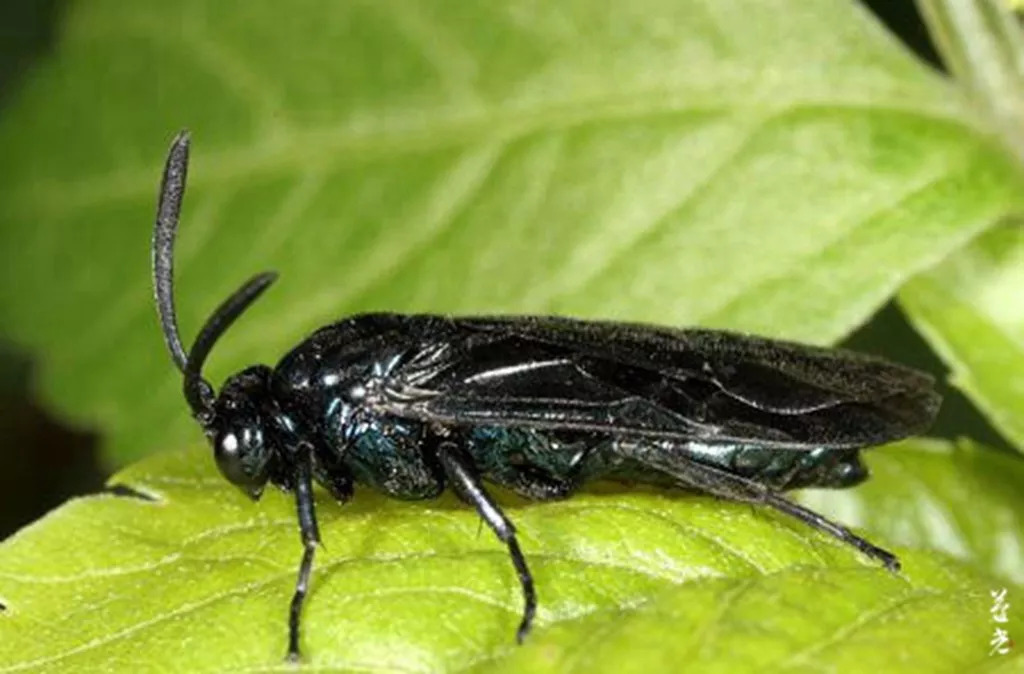
Family: Hemiptera, Lycopodidae
Host: Rhododendron, Azalea, etc.
Occurrence period: 10 generations a year, usually high temperature and drought weather from June to September
Damage characteristics: Nymphs and adults damage the leaves of host plants, sucking sap and excreting feces, making the back of the leaves appear rusty yellow and pin-point white spots appear on the front of the leaves. In severe cases, the whole leaf loses its green color and becomes pale, affecting the photosynthesis of the plant, causing the plant to grow slowly and shed its leaves early.
Key points for prevention and treatment:
(1) Protect natural enemies. The natural enemies of the azalea bug include lacewings, spiders, and ants. Among them, lacewings are the dominant species. Avoid spraying pesticides during its peak period.
(2) During the peak period of the rhododendron bug's infestation, spray 2000-3000 times diluted 10% cypermethrin emulsifiable concentrate, 1500-2000 times diluted 40% oxydemeton-methyl emulsifiable concentrate, or 1500 times diluted 10% imidacloprid wettable powder for prevention and control.
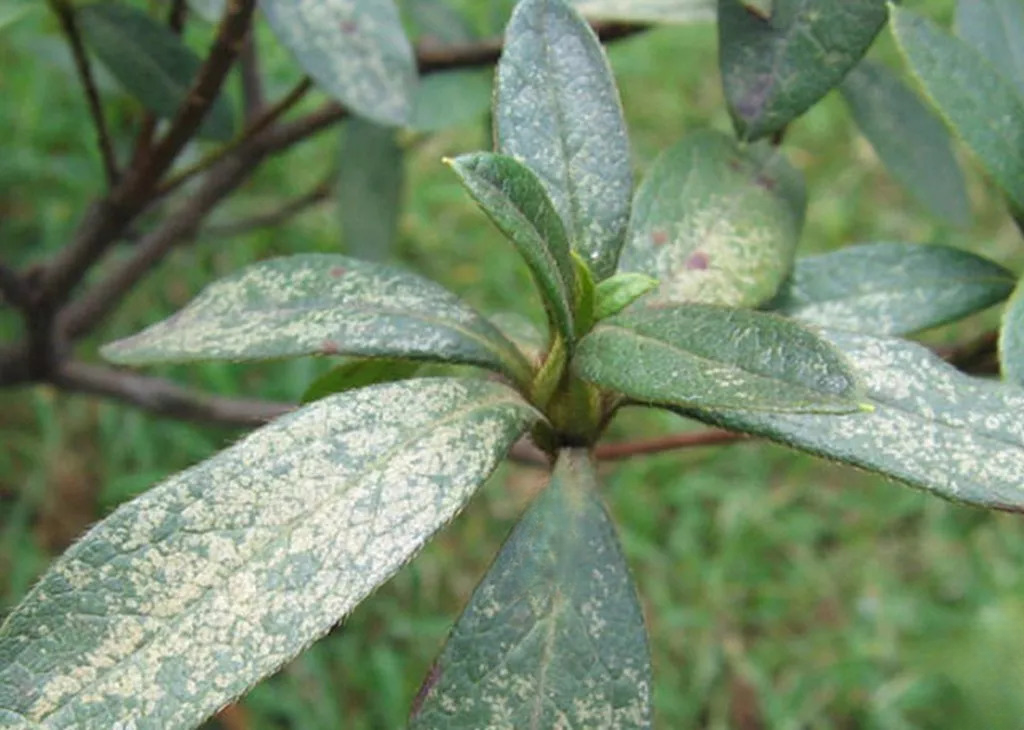
Highlights
Click below↓
How many varieties have you played?
Miniature bonsai shaping techniques
Secret Bonsai Technique Revealed
Bonsai, don’t pretend to know something you don’t
Four basic requirements for watering in summer
Common root rot prevention and treatment methods
Several issues that pine players must understand
Let you have the final say on the bonsai exhibition! Soliciting opinions for the online bonsai exhibition!
[Copyright] The picture is from Yiguang Culture and edited by Yiguang. Reprinting requires indication, thank you!

